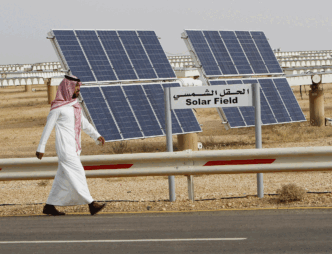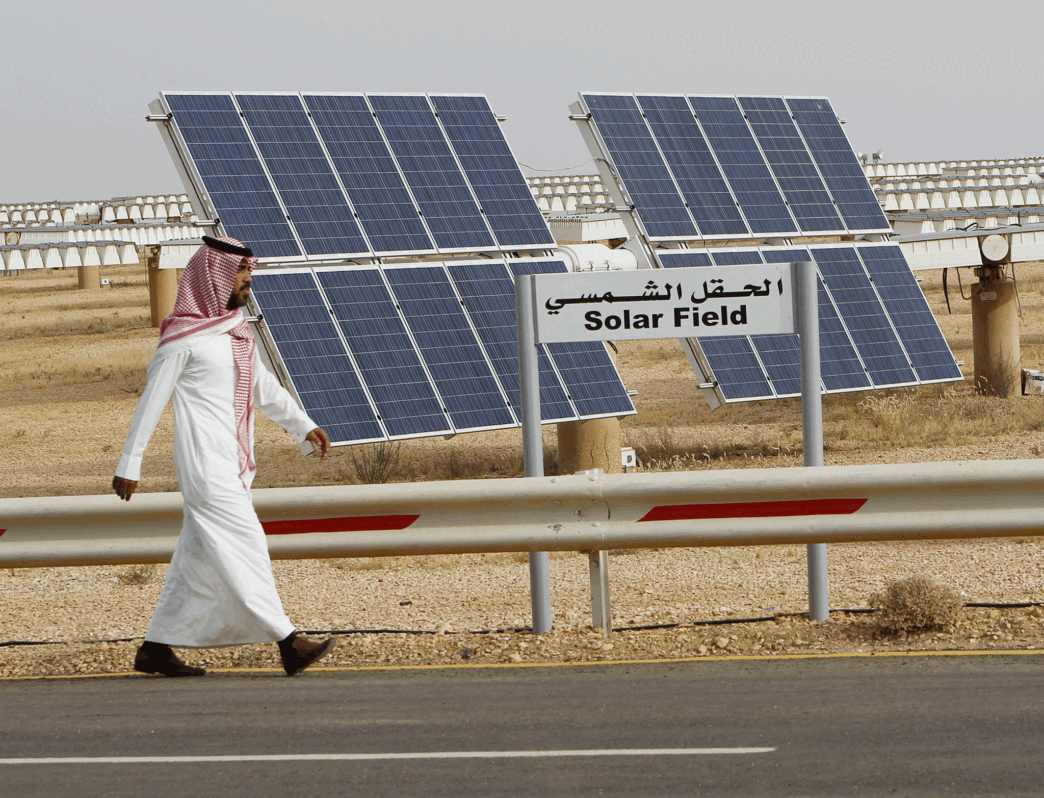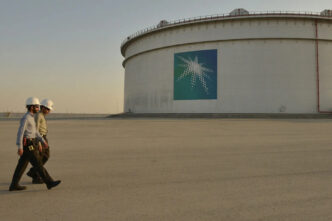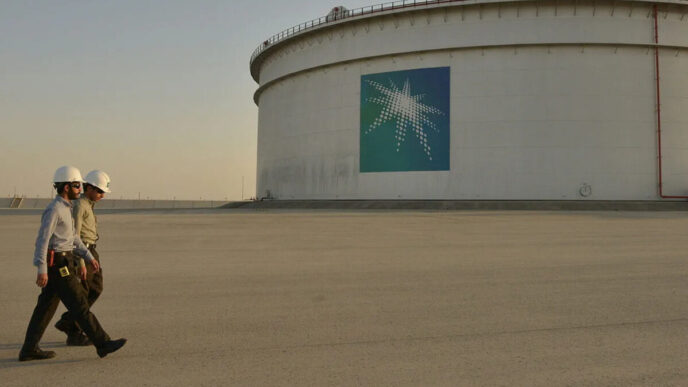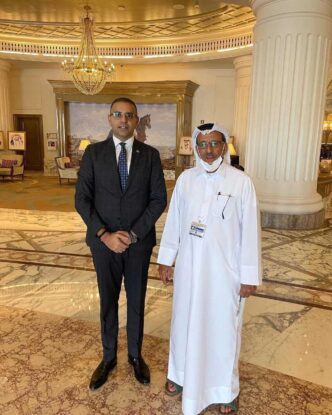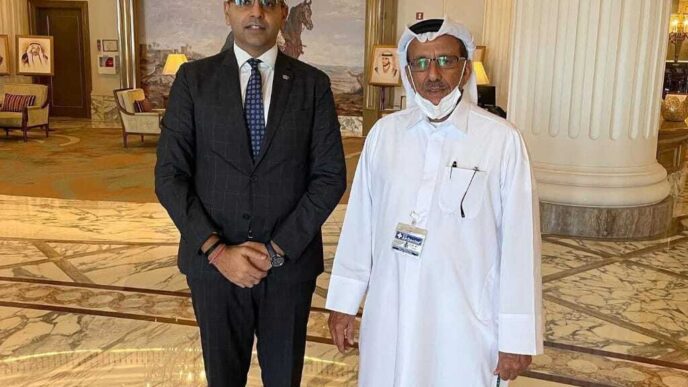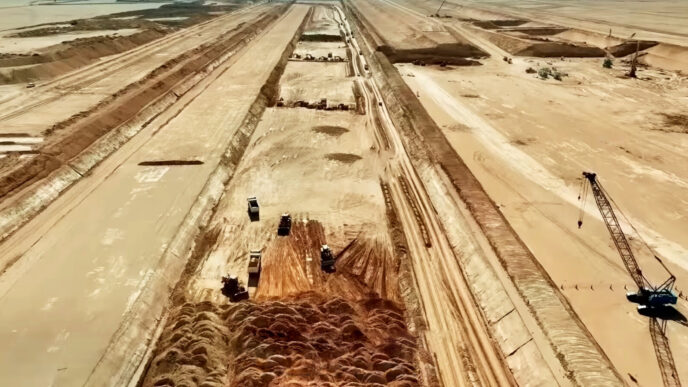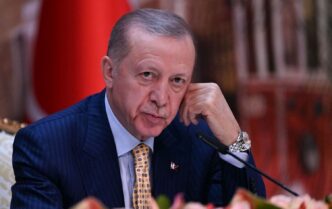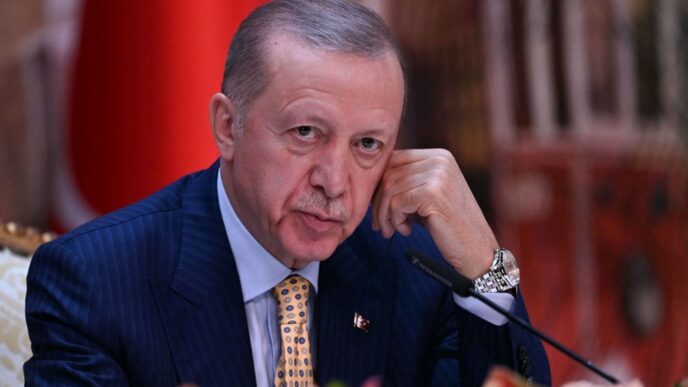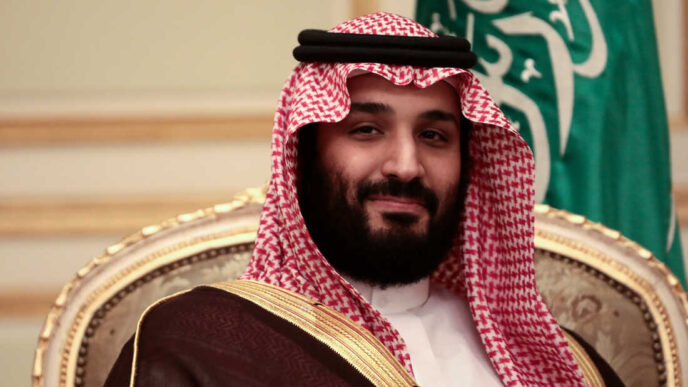Saudi Arabia is making a bold $8 billion push into solar energy—but without shifting away from its long-held oil strategy. The Kingdom, through its Vision 2030 initiative, is rapidly scaling up solar infrastructure to diversify its energy mix, reduce domestic oil consumption, and position itself as a leader in renewables. However, this green surge appears carefully designed to complement, not replace, its global oil dominance.
The solar expansion includes the development of multiple large-scale photovoltaic projects across the Kingdom, aiming to generate tens of gigawatts of clean energy by the end of the decade. These efforts are expected to ease domestic energy demand traditionally met by burning crude, freeing up more oil for export and sustaining revenues.
Despite the investment, officials have made it clear that Saudi Arabia’s oil strategy remains unchanged. Riyadh continues to expand upstream oil capacity and reaffirm its role as a swing producer in global markets. The dual-track approach signals a clear message: the Kingdom sees no contradiction in pursuing green energy development while remaining one of the world’s top oil exporters.
“This is not a pivot away from oil—it’s a strategy to optimize it,” said an energy analyst familiar with the region. “By reducing internal oil use through solar, they can maintain export volumes and stabilize revenue as the global energy mix evolves.”
In effect, Riyadh’s $8 billion solar surge is less about abandoning fossil fuels and more about adapting its domestic energy consumption to reinforce its global hydrocarbon strategy. As the world edges toward energy transition, Saudi Arabia is investing in both futures—ensuring its relevance in a post-oil world without giving up its position in the current one.


